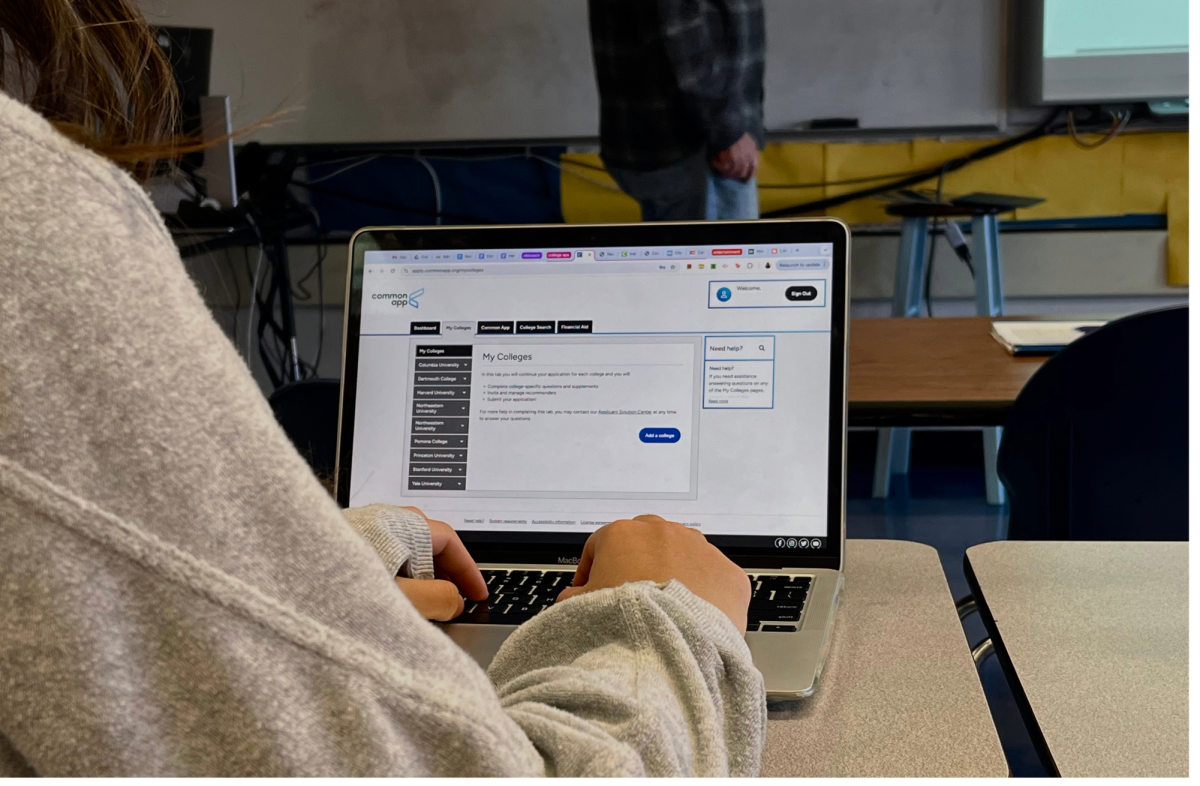A European visitor has decided to vacation to the sandy beaches of Northern California.
This visitor, a bird called a Common Ringed Plover, which was found by Mark Martucci and Mark Sawyer on the 8th of October at Abbotts Lagoon in Marin County’s Point Reyes National Seashore, and is only the 2nd record of this species in California. While Birdwatchers across the Bay Area celebrated this rare occurrence, many Woodside students remained totally oblivious.
“I don’t even know what [Common Ringed Plover] is bro!” Senior Brain Ledesma remarked.
According to Arkive.com, Common Ringed Plover (CRPL) is a somewhat small and dumpy bird, with short legs, a round head, large eyes, and a robust, compact body. It is easily confused with the resident Semipalmated Plovers that can be found across the US and Canada.
Many birders who felt up to the challenge made the drive out to Abbot’s with the hopes of adding it to their “life lists” (a list of all the species one has seen in his life). One of these was an SF high school birder and founder of the Bay Area chapter of the California Young Birders Club, Jonah Benningfield.
“Initially, I only appreciated it because of its rarity, but given that I had a lot of time to study it beforehand, I have gotten to appreciate the smaller differences between it and the more common Semipalmated Plover,” Benningfield observed.
While his sentiment is shared among many birders, Marin County is already particularly famous for producing these so-called “rarities.” Having an Asian Dusky Warbler in 2015, and an Eastern Yellow Wagtail (from Alaska/Asia), which excited birders in September, but none are as rare in California as CRPL is.
As mentioned before, this is not the first record of CRPL in CA, as an individual similar to this one was present from August 19-26 at the Davis wetlands in nearby Yolo County in 2011.
While both these instances of CRPL showing up in California is very rare, many might get overlooked due to their extreme similarity with the native species here, with only a White “eyebrow”, a larger black Breast band, and webbing between the toes separating it from the expected Semipalmated Plover.
“While CRPL might seem like a really rare bird, it might just get overlooked by the regular birder,” Benningfield added. “This bird has really inspired me, and probably other birders as well, to look through their everyday Semi[palmated]’s, in hopes of discovering a possible third CRPL record. Who knows? Another one could still be out there, waiting to be discovered!
The plover has not been seen since the 16th of October and is believed to have migrated on.






